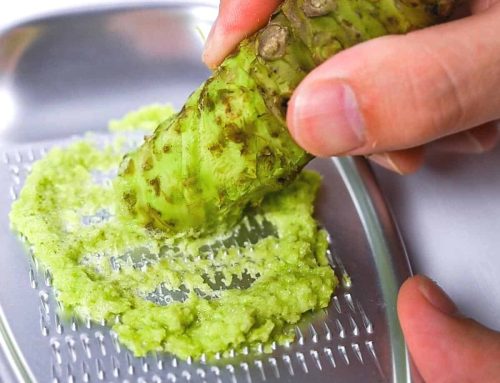The Beginner’s Guide to Growing Organic Produce at Home
Introduction
Growing your own organic fruits, vegetables, and herbs at home is an incredibly rewarding experience that anyone can do, even without an expansive garden. The satisfaction of eating fresh produce you grew yourself is unmatched, and with just a bit of knowledge, you can easily grow organic food on a balcony, patio, or small urban yard. In this beginner’s guide, we’ll cover the basics of organic gardening and provide tips to help you get started growing your own organic produce.
Selecting the Right Location
When first starting out, focus on finding a suitable location, whether it’s a sunny windowsill, balcony, patio, or yard space. Consider how much sunlight the area receives – most edible plants need at least 4-5 hours of direct sun daily. For patios or balconies, position containers in the sunniest spots. If space is very limited, target plants like herbs, leafy greens, radishes and strawberries that thrive in containers.
Building Raised Beds
For in-ground planting, raised beds are ideal for beginners. They allow you to create the ideal soil composition without amending existing soil. Build beds 0.5 meters high and 1 meter across so you can easily reach the center from the sides. Use untreated wood, bricks or blocks to construct the frame, but avoid railroad ties as they leach toxic creosote. Fill beds with a mix of 60% topsoil and 40% compost, which provides nutrients and retains moisture.
Adding Compost and Organic Matter
The key to organic gardening is feeding plants with compost and organic matter versus synthetic fertilizers. Work compost into in-ground beds and container soil before planting, and add more each season. You can buy compost or make your own easily by composting yard waste and kitchen scraps. Organic material improves soil health naturally by providing nutrients and beneficial microorganisms.
Choosing the Right Plants
When first starting out, go for easy-to-grow crops like leafy greens, herbs, radishes, tomatoes and strawberries. Herbs do well in containers, while tomatoes and strawberries will need a sunny spot. Choose organic, open-pollinated seeds from reputable companies, or purchase certified organic seedlings. To add diversity, intersperse edible plants with ornamental flowers to attract pollinators like bees and butterflies. Allow some wildflowers and plants to grow as well.
Caring for Your Organic Garden
Growing organically means avoiding synthetic pesticides and fertilizers, so focus on building healthy soil and plants. Check plants regularly for pests, and remove by hand – no need for harsh pesticides! Water container plants often, and use mulch in garden beds to retain moisture. Be patient with your garden, and let it develop naturally rather than striving for perfection. Learn by doing, and don’t be afraid to experiment as you gain experience.
Growing your own organic fruits, herbs and veggies is incredibly rewarding, and can easily be done on a small scale. With the right location, soil and plants, anyone can cultivate a thriving organic garden full of healthy, home-grown produce. Start small, stick to easy crops, and let your knowledge grow over time. The satisfaction of nourishing yourself with food you grew is well worth the effort.





